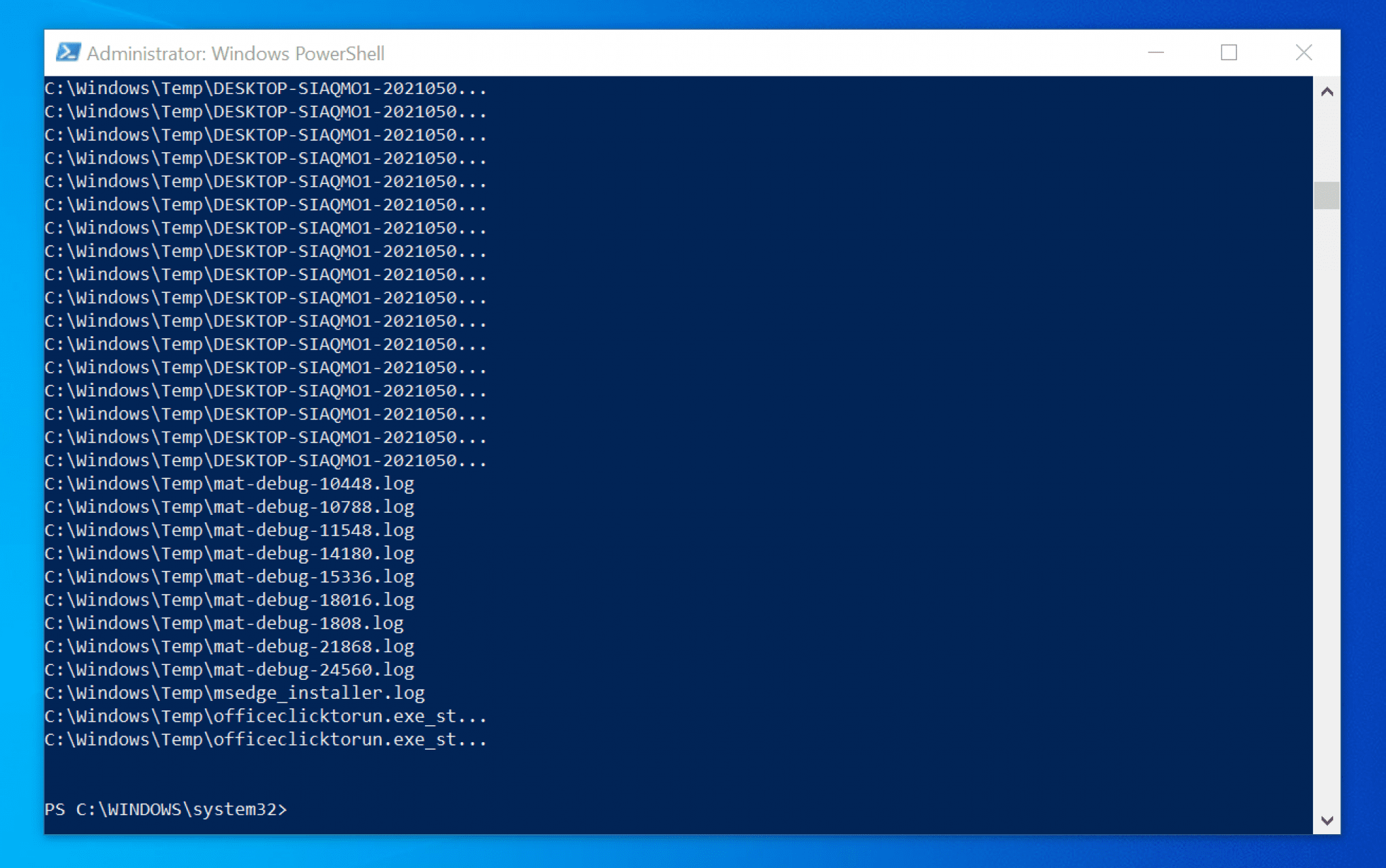
- #Windows open powershell in a folder windows 10#
- #Windows open powershell in a folder plus#
- #Windows open powershell in a folder windows#
#Windows open powershell in a folder windows#
This guide focuses on Windows 10, but this feature has been available for a long time, so the steps will also work on Windows 8.1, Windows 7, and older versions. Once you complete the steps, the command will show hidden files and folders, but it will not change the folder options in File Explorer. Type the following command to view all the hidden files and folders for the location and press Enter: dir -Force Double-click on the Remove Open PowerShell here as administrator. The undo file is included into the archive. Now, right-click any folder and select Show more options > Open PowerShell here as administrator. Search for PowerShell, right-click the top result, and select the Run as administrator option. Double-click the file Add Open PowerShell here as administrator.reg. In the address bar, type ‘powershell’ and hit Enter. You can also see a list of hidden and protected operating system files with PowerShell with these steps: Open File Explorer and navigate to the folder/location you want to open PowerShell in.

#Windows open powershell in a folder windows 10#
Show hidden files with PowerShell on Windows 10

This shortcut will open the Command Prompt or PowerShell terminal. Alternatively, you can find and click Run on the Start menu.

This will open the 'Run' tool in a new pop-up window. Show hidden protected operating system files Hold down the Windows key on your keyboard, and press the 'R' button. Once you complete the steps, File Explorer will show the hidden and unhidden items, but it’ll continue to hide other protected files. Wait a moment and you can open a PowerShell window at that folder. Type PowerShell in the address bar and hit Enter.
#Windows open powershell in a folder plus#
Under the “Show/hide” section, check the Hidden items option. Press Win plus E keys to open your File Explorer, and then go to the folder or location that you want to find the open PowerShell window here option.


 0 kommentar(er)
0 kommentar(er)
